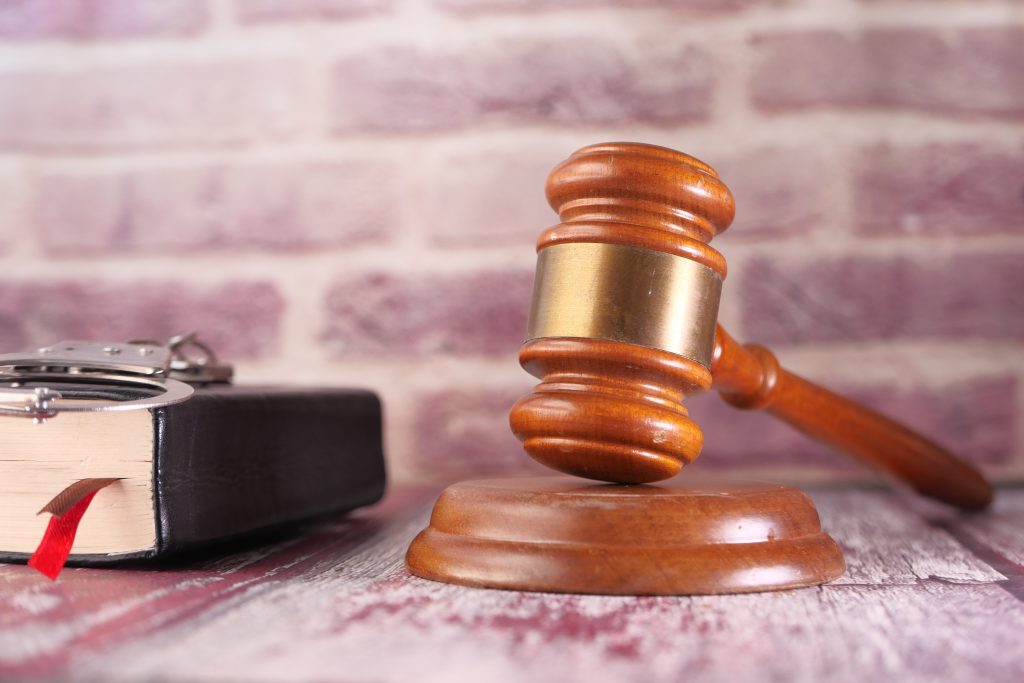Criminal Tribes Act, 1871

In the past, there were numerous tribes and groups living in India who wandered about the country all year long and did not have a permanent home. They raised animals, played music, engaged in acrobatics, and exhibited various other talents to support themselves. But all that changed when the British began to dominate India. The British, who were always skeptical about these nomads, looked askance at their actions and made an effort to relocate them. Over time, the colonial state of India grew persuaded of these individuals’ criminality and attributed it to their ancestry.
Nomadic populations pose particular difficulties for colonial authorities. Nomads make it more difficult for these regimes to watch over and manage their citizens. The British colonial government in India dealt with this in many ways, the most notable of which was labelling some communities as “criminal tribes” to pressure them to settle. This is undoubtedly one of the most successful public policies of British India in terms of the long-term effects of a policy and the enduring pain it generated. The character of the “criminal tribal” is a crucial aspect of the narrative supporting this strategy. These persons were shown in the description as having inclining criminal behaviour.
Additionally, the individual tribal is depicted as functioning amid and receiving help from other tribe members. Therefore, criminality is both a personal flaw and a social flaw. Even by the standards of colonial administrations, such a portrayal in the narrative justified and facilitated unusually harsh control mechanisms. One of the worst laws the British Colonial Government passed was the Criminal Tribes Act, 1871. The British distrust of their actions was made official by the Criminal Tribes Act, 1871. Any investigation of criminal tribes must start by answering the simple question, “What is a criminal tribe?” Because it is a colonial construct, the phrase is rife with misunderstandings about the same group of people it purports to describe. Who should be included in the category of “criminal tribes” was unclear to the colonial policymakers.
History & origin of the Act
Before the British arrived, thuggees were freely operating throughout the Indian Subcontinent. According to some estimates, they had slaughtered and robbed millions of caravan travellers. The Criminal Tribes Act was created to counteract this threat. At first glance, it might appear that the colonial authorities implemented the Act to promote order and security. Still, modern historians now see the law as a component of a more considerable effort at social engineering that included, for instance, classifying castes as “agricultural” or “martial” or identifying which groups were obedient to the colonial government and, therefore, suitable for military recruitment, respectively. According to sociologist Meena Radhakrishna, the insurrection of 1857, in which several tribal chiefs, like Dhan Singh Gurjar, were labelled traitors and seen as belligerent, was the impetus for the establishment of the Act. According to some historians, including David Arnold, this may have happened because many of these tribes comprised impoverished, low-caste, and nomadic individuals who lived on the periphery of society.
The Criminal Tribes Act permits the following laws and procedures:
According to Section 3 of the Act, local authorities can label any group with a systematic addiction to committing crimes not punishable by bail as a criminal tribe.
The Criminal tribes are now covered by Section 10(1)(b) of the Act, which states that “any registered member of the Criminal tribe who has been compelled by sub-Section (b) to notify his place of residence and any subsequent change of address.” He must immediately inform the village headman of his permanent residence and, if any, his temporary residence. This needs to be recorded in the village’s registry.
Every registered member of the Act must report to the police or village administration in the area where they happen to be at the time, either once per week or as required by the District Magistrate. This ailment limited their freedom of movement and their right to privacy.
As per Section 10(1)(a), a register including the names, left thumb impressions, and ages of all adult male members of each Kallar household, including children and dependents, must be kept by the neighbourhood police station or panchayat.
The names and left-thumb impressions of people who have been convicted of crimes and those who have disobeyed the terms of subSections (a) and (b) of Section 10(1).
By using this site you agree to this Privacy Policy. Learn how to clear cookies here
Scott Sinclair: A Journey of Triumph, Perseverance, and Unwavering Spirit Lost Frequencies: Der belgische DJ und Produzent, der die Welt im Sturm eroberte Portões de garagem, as sentinelas silenciosas de nossas casas, são responsáveis por proteger nossos veículos e pertences valiosos. Lionel Richie Lionel Richie: The King of Heart and Soul 警政署長 TOEIC Sample Test: All You Need to Know TOEIC Sample Test TOEIC Sample Test: Een Uitgebreide Gids